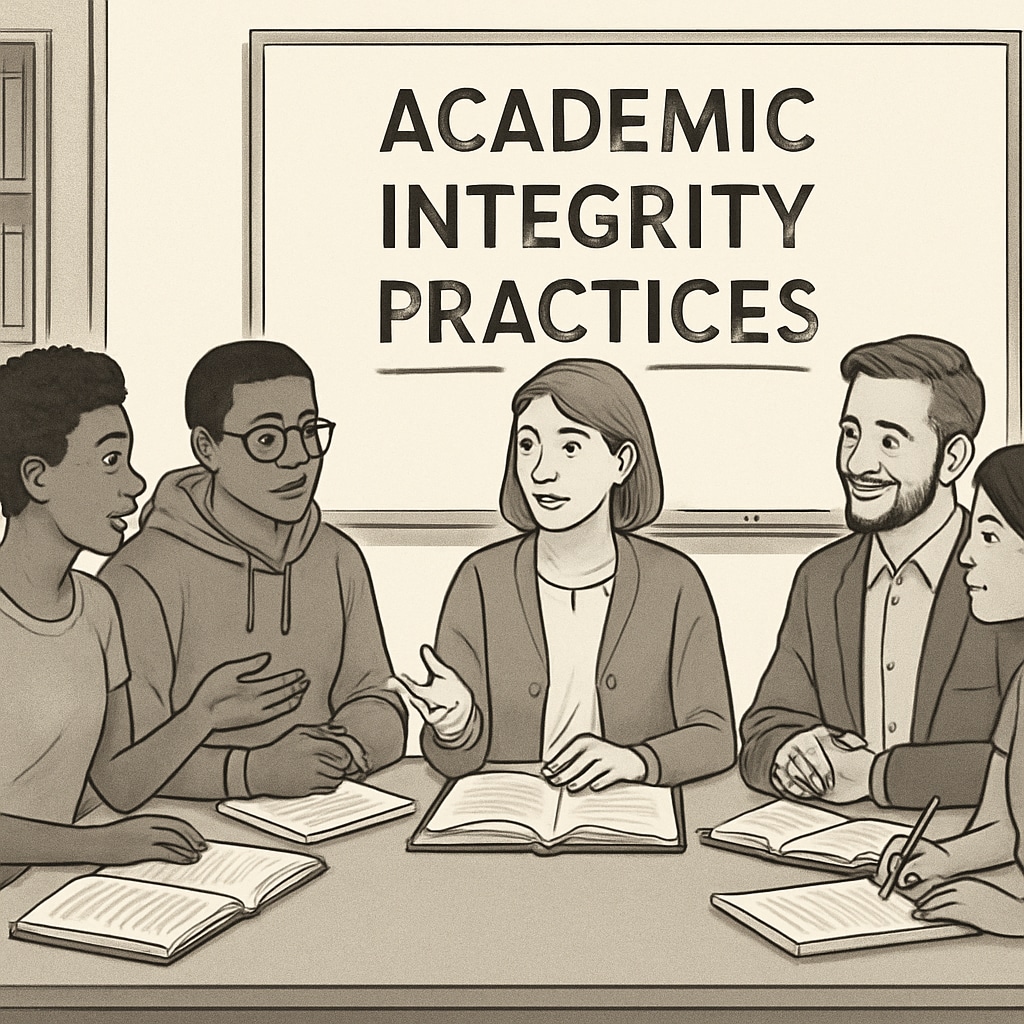Academic integrity is central to maintaining trust in educational institutions. Yet, its implementation can sometimes falter, especially when a professor’s plagiarism accusations are unfounded. These wrongful charges can harm students’ mental well-being, disrupt their academic journey, and stifle their creative expression. As the K-12 educational system strives to uphold academic honesty, it is equally vital to ensure fairness, transparency, and protection of students’ academic dignity.
The Fragility of Academic Integrity in K-12 Education
Academic integrity (the commitment to honesty and fairness in education) is a cornerstone of effective teaching and learning. However, the system’s integrity often hinges on the subjective judgment of educators. In K-12 settings, where students are still learning to navigate academic expectations, a professor’s accusation of plagiarism can have disproportionate consequences.
For example, students might be accused of plagiarizing due to similarities in ideas rather than intentional copying. In many cases, younger learners may unintentionally fail to cite sources correctly because they lack sufficient training in proper attribution practices. Instead of fostering growth, a punitive approach to handling these cases can create an atmosphere of fear and anxiety.

The Psychological Impact of Wrongful Accusations
Being wrongly accused of plagiarism can leave a profound psychological scar on students. According to research, such accusations can lead to feelings of humiliation, anxiety, and a loss of self-confidence. For younger learners in K-12 education, the effects can be even more pronounced, as they are in the process of forming their academic identity and self-esteem.
Wrongful accusations may also lead to a decline in students’ interest in academics. Creativity and innovation require a safe space for experimentation and risk-taking. When students fear being accused of dishonesty, they may avoid expressing original ideas, limiting their potential for growth.
Building a Fair and Transparent Evaluation System
To address the issue of wrongful plagiarism accusations, educational institutions must implement fairer and more transparent assessment systems. Here are some strategies to consider:
- Clear Guidelines: Provide students with comprehensive training on academic integrity and citation practices tailored to their age and educational level.
- Evidence-Based Accusations: Require professors to present concrete evidence before making a plagiarism claim, ensuring that accusations are not based on subjective interpretation alone.
- Appeal Mechanisms: Establish clear, student-friendly processes for appealing accusations, giving students an opportunity to defend themselves.
- Use of Technology: Utilize plagiarism detection tools judiciously and educate students on how such tools work to prevent misunderstandings.
Moreover, fostering an atmosphere of trust between students and professors is crucial. Open communication and constructive feedback can prevent misunderstandings and promote a collaborative learning environment.

Conclusion: Balancing Integrity with Empathy
While academic integrity is essential for upholding the quality and credibility of education, it should not come at the expense of fairness and empathy. Wrongful accusations of plagiarism can have severe repercussions on students, affecting their mental health, academic growth, and creative potential. As educators, it is imperative to strike a balance between enforcing academic honesty and nurturing a supportive environment for learners.
By implementing transparent policies, providing adequate training, and fostering open communication, educational institutions can protect both the integrity of academics and the dignity of their students. In doing so, they can ensure that the pursuit of knowledge remains a positive and enriching experience for all.
Readability guidance: This article uses short paragraphs, clear headings, and transition words to enhance readability. Lists are used to summarize key points, and passive voice is minimized to maintain an active and engaging tone.


